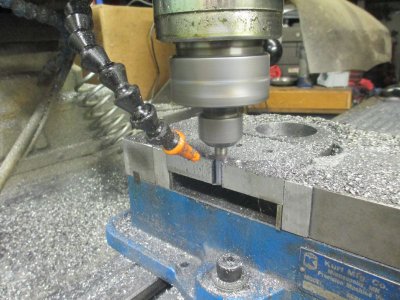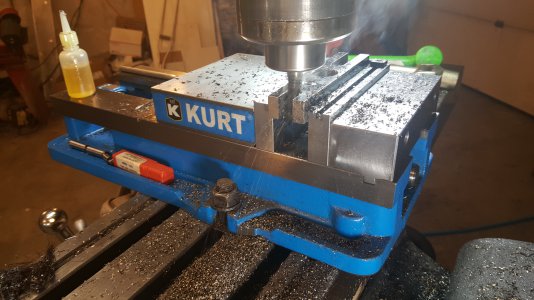Hello,
I've been googling looking for a general mugs guide to milling cutters and also for mugs guide to roughing milling cutters but no joy.
Keen to find out if roughing cutters are only for professionals with big machines rather than my little mill/drill. (RongFu 30 2HPmotor)
Any recommended books / web pages - - youtube videos are a last resort for me due to slow internet connection.
Bill
I've been googling looking for a general mugs guide to milling cutters and also for mugs guide to roughing milling cutters but no joy.
Keen to find out if roughing cutters are only for professionals with big machines rather than my little mill/drill. (RongFu 30 2HPmotor)
Any recommended books / web pages - - youtube videos are a last resort for me due to slow internet connection.
Bill
Last edited:



